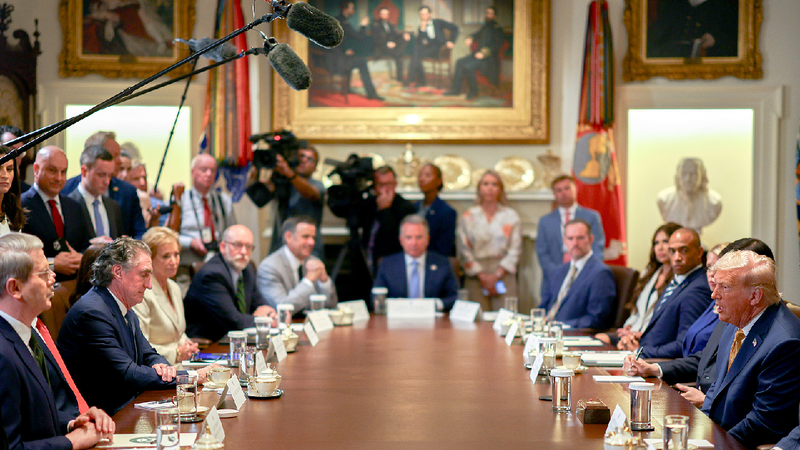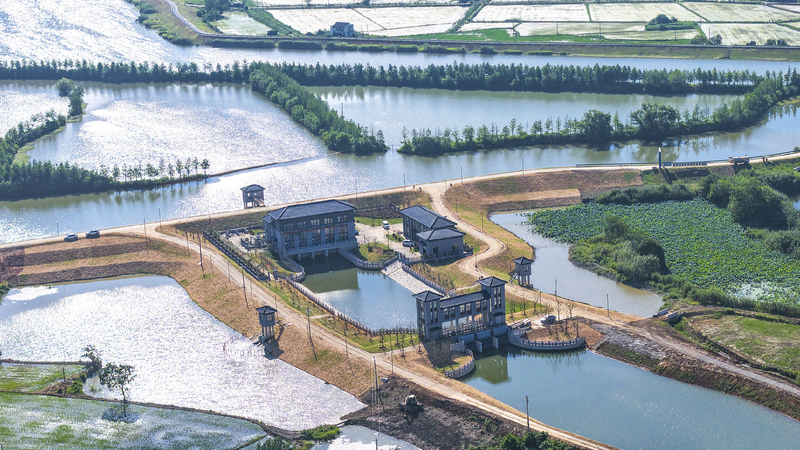Understanding Japan’s Upper House Elections 🇯🇵🗳️
Hey there! Ever wondered how Japan chooses its leaders? Let’s dive into the world of Japan’s Upper House elections and find out how it all works!
What is the Upper House?
Japan’s government has two parts, just like many countries: the House of Representatives (the Lower House) and the House of Councillors (the Upper House). Think of them as two teams working together to make important decisions for the country.
How Does the Upper House Election Work?
The Upper House has 248 members, and they serve for six-year terms. Every three years, about half of the seats are up for election. This means people in Japan get to vote for new members regularly!
Why Are Elections Important?
Elections let the people have a say in who makes the rules and laws. It’s like choosing class representatives at school. You’d want someone who listens to you and makes good choices, right?
Who Can Vote?
In Japan, citizens who are 18 years old and above can vote. They choose candidates they believe will represent their views and help make Japan an even better place!
Challenges and Changes
Sometimes, the ruling parties (the teams in charge) face challenges. They might have to work hard to keep their seats if people think they aren’t doing a good job. This keeps the government responsive and attentive to the people’s needs.
Fun Fact! 🎉
Did you know that having two houses helps balance power? It ensures that no one group can make all the decisions without checks and balances. Pretty cool, huh?
Wrapping Up
Elections are an important part of any democracy. They give people a voice and help shape the future. Maybe one day, you’ll be voting or even running for office!
Reference(s):
cgtn.com




